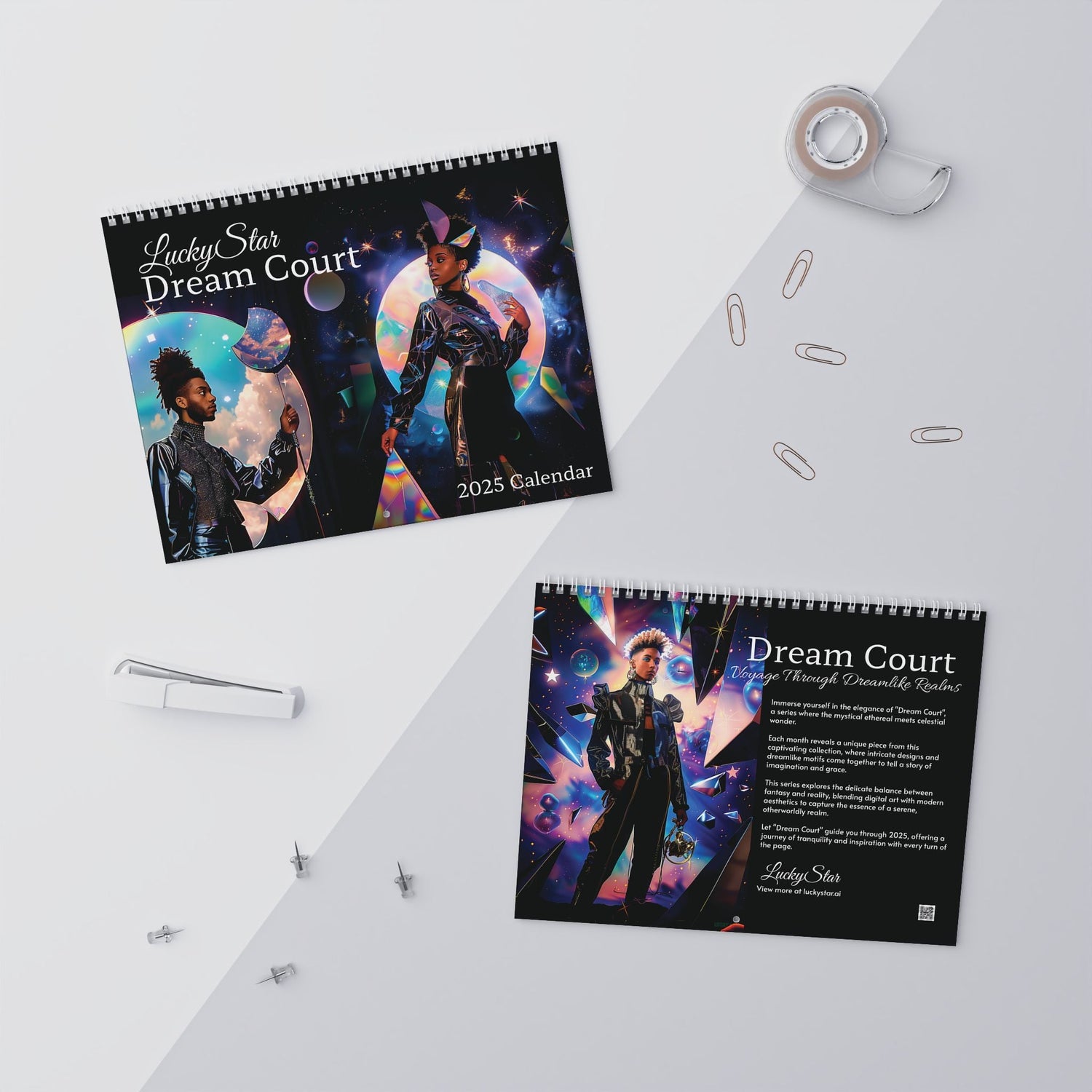
The Hidden Struggles of Communities in Wealthy Nations: A Call for Authentic Acknowledgement
Despite the wealth of the United States and Europe, many communities, particularly Black people and those from regions often left out of broader discussions, continue to face challenges in accessing arts education and cultural participation. This article explores the need for systemic change to ensure equal access and the crucial role of art in giving voice to these stories.
By Lucky Star, Responsible AI | Blockchain Educator & Consultant
[April 29, 2025] — Across the United States and Europe, there are entire communities systematically excluded from meaningful access to arts education and creative infrastructure. This is not a case of individuals lacking the effort to reach their goals. Rather, the absence of resources within these communities—despite the wealth of their nations—reflects a long-standing imbalance in how resources and opportunities are distributed (Brookings Institution, 2020). This gap in access has led to the silencing of many voices, particularly those from Black communities and people from areas often left out of broader cultural discussions.
This issue is not isolated to one specific group or place. It stretches across regions where wealth is abundant, yet cultural opportunities remain out of reach for many. Communities in these areas—whose histories are often shaped by displacement, struggle, and survival—face persistent challenges in sharing their stories, especially through the arts and creative industries (National Endowment for the Arts, 2022). The problem is not a lack of talent, passion, or effort in these communities, but a lack of the necessary infrastructure and support.
Lucky Star has used their platform to amplify the voices of people living in these circumstances. Through works like Blvck Stories and Soul Singularity: Convergence of Thought, they provide a space for these voices to be seen, heard, and preserved. These efforts are not just about creating visibility—they are about protecting and honoring the stories and memories of those who have been largely absent from mainstream cultural narratives.
The absence of true representation in the arts reflects a structural flaw. As these gaps persist, it becomes clear that the very people who should have the most access to creative resources often find themselves needing to seek validation and support beyond their immediate surroundings. This is not simply an inconvenience; it is a critical omission of the value of collective expression, which has always been a powerful tool for healing, education, and unity (European Commission, 2024).
Creators from communities that have long been overlooked play an essential role in shaping the narratives of our shared experience. These artists deserve not only recognition but also the infrastructure that allows their work to thrive. It is not enough to acknowledge the issue—we must actively provide the spaces and tools for these stories to reach the audiences they deserve.
In making room for all creators to contribute meaningfully to the cultural landscape, we ensure that the richness of human experience—across all backgrounds, histories, and identities—is fully reflected. This is not a call for charity, but for fairness and the restoration of creative freedom to those who have long been sidelined.
Sources & References:
Brookings Institution. (2020). Defending American arts, culture, and democracy. Retrieved from https://www.brookings.edu/articles/defending-american-arts-culture-and-democracy/
European Commission. (2024). Cultural participation statistics. Eurostat. Retrieved from https://ec.europa.eu/eurostat/statistics-explained/index.php?title=Culture_statistics_-_cultural_participation
National Endowment for the Arts. (2022). Arts Participation Patterns in 2022: Highlights from the Survey of Public Participation in the Arts. Retrieved from https://www.arts.gov/sites/default/files/2022-SPPA-final.pdf
For media inquiries, please contact Lucky Star directly: https://luckystar.ai/pages/contact


